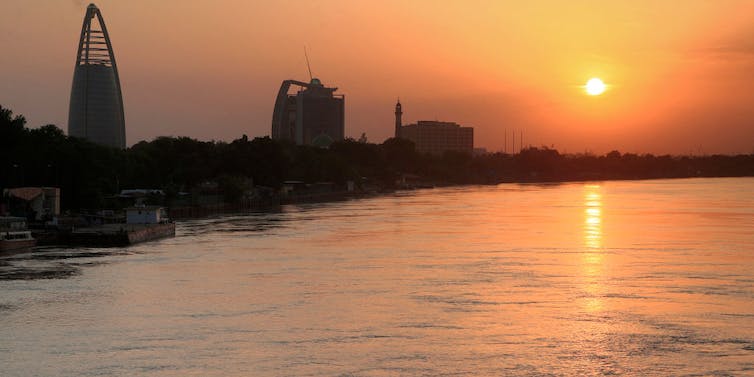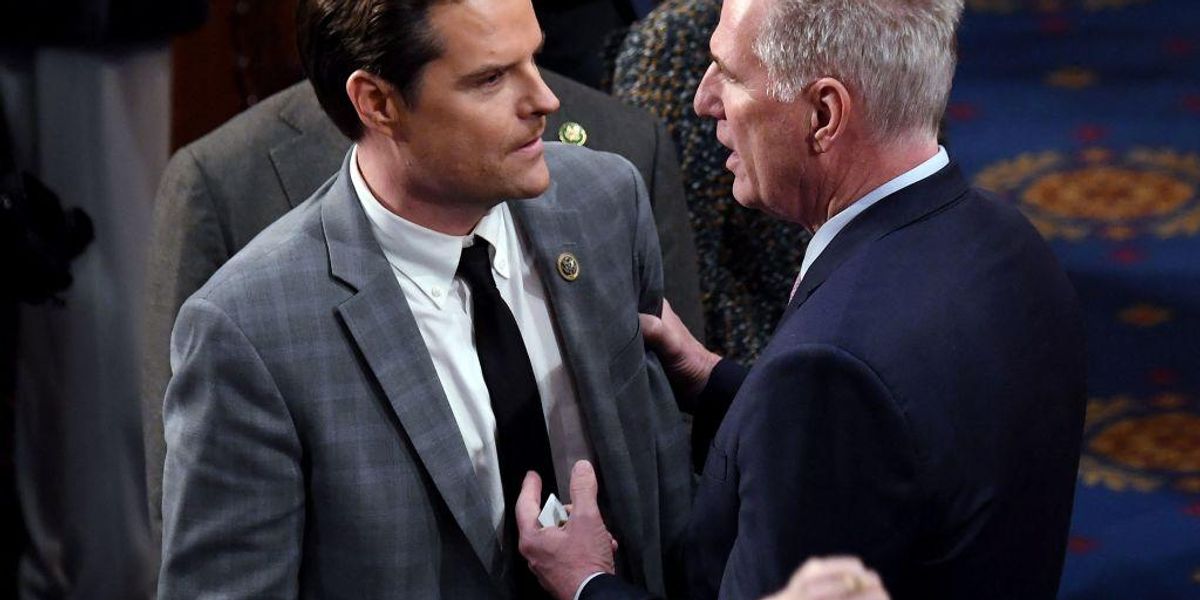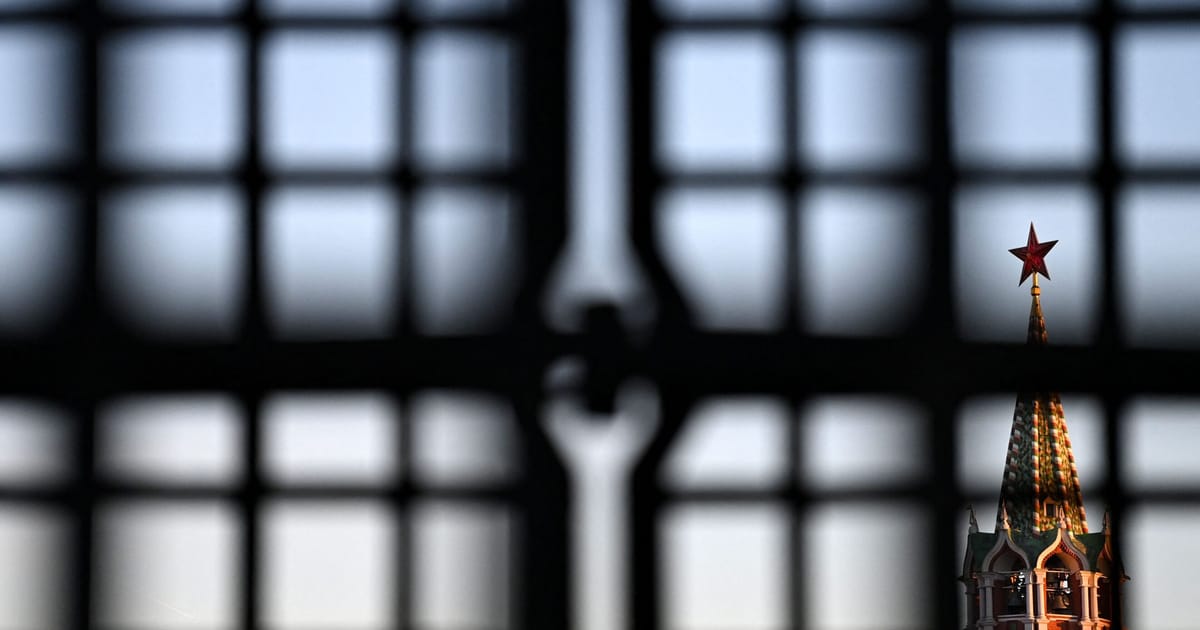There has been a continued escalation in fighting between Sudan’s army and the paramilitary Rapid Support Forces. The destruction of the capital Khartoum continues – physically, economically, socially and culturally – as buildings are bombarded and homes looted. One of the city’s landmark skyscrapers, the Greater Nile Petroleum Oil Company Tower, was recently engulfed in flames. We asked three Sudanese architecture experts – Amira Osman, Akram Elkhalifa and Tallal Abdalbasit Saeed – about the skyscraper and the destruction of the city. Osman also interviewed Khartoum-based architects Arwa Ahmed and Hassan Mahmoud for this article as part of her ongoing research.
Why is the tower so prominent and what does it represent?
Amira Osman: The 18-floor skyscraper was constructed in 2010, the first of two towers originally proposed by the local Alsunut Development Company. As architect Hassan Mahmoud told me, “It’s the headquarters of the Greater Nile Petroleum Company, the consortium that in 1997 led the exploration and export of oil in Sudan. Its glass sides and dramatic, curved bullet shape made it a distinctive building. The design was meant to be iconic, with the steel structure and glazing shaped to resemble a flame representing the oil blaze in the fields.” Another local architect, Arwa Ahmed, said: “Since its construction, there was hardly a photo, painting or a graphic design piece about Khartoum that did not include this building in its skyline. It had become a symbol of the region … I remember the day when I was an architectural student and our lecturer introduced us to the Alsunut project as a vision for new hope for the Sudan.”
Ebrahim Hamid/AFP via Getty Images
Akram Elkhalifa: The tower lies in the heart of Khartoum in the area known as Al-Mogran (The Meeting Points) as it’s located at the confluence of the White and the Blue Nile rivers. It was one of the few high-rise buildings in the city and reflected the stylistic direction taken by the modern architecture in Khartoum in that era.
Amira Osman: As Hassan explained: “El Mogran was envisaged as a public-private partnership investment that would reshape the river banks southward to Al Sunut Forest. This spectacular and unique natural site was to accommodate a new financial district.”
Tallal Abdalbasit Saeed: I feel quite torn seeing Al-Sunut buildings aflame. It is a kind of bittersweet feeling. These buildings were very expensive (about US$3,500 per square metre a month to build). They’ve housed valuable businesses. On the other hand, for many these buildings represent symbols of corruption and alienation. Although they had started to contribute to the verticality of Khartoum’s skyline – a contrast to its historical horizontal (flat) nature – they expressed a yearning for the imagery of the oil-rich Gulf cities. These buildings do not have much architectural value in themselves. They have no regard for the harsh semi-desert climatic conditions of the city. They occupy a very important location that was privatised without public consultation. The site possesses ecological, social and historical significance and characteristics that should have been kept public and accessible. I hope this destruction gives us a new opportunity to correct those approaches in rebuilding Khartoum.
What does this say about rebuilding the city?
Akram Elkhalifa: The destruction of major buildings exposes the scale of the conflict’s impact on civilians and the country’s infrastructure. It visualises the future of the city if the war continues.

AFP via Getty Images
Amira Osman: I discussed this with Arwa. As a young architect still living and working in the city her insights are valuable: “I catch myself trying to analyse each picture I see of a building affected by the war. Trying to assess the damage done and the time and effort needed to rebuild! In most of the pictures I saw, the damage was superficial and I could imagine the ease of repairs. However, the videos of the tower burning shocked me as I started to comprehend the scale of the damage.”
Tallal Abdalbasit Saeed: The city will need years of rebuilding. One hopes that in the rebuilding, the mistakes of the past will be corrected.
Amira Osman: In the past, authorities have demonstrated an inability to plan for “sharing cities”. Khartoum’s urban planning had been the cause of anger and protest. There has been no attempt to be inclusive or alleviate urban poverty.
What other major buildings have been destroyed?
Amira Osman: The images we see are mostly bits and pieces of videos shared by either of the warring parties. From these images, it seems that the new presidential palace was affected as well as the Ministry of Justice building, the Sudanese Standards and Metrology Organization Tower, the Sahil and Sahra Tower, the Khartoum International Airport, the Sudan National Museum…
The systematic destruction has included hospitals, libraries, markets, power stations, water stations, university and research facilities, schools. The basic services of life are apparently deliberately targeted, forcing people to flee. By July 2023, about 3 million individuals (over 600,000 households) were believed to have been internally displaced. By September that had escalated to an estimated 7 million.
Akram Elkhalifa and Tallal Abdalbasit Saeed: Thousands of buildings have been looted and robbed. Many of the buildings are now used as bases for military activities. Buildings and neighbourhoods that form the architectural and cultural heritage of Khartoum face the risk of being destroyed.
What’s happening to people and their homes?
Akram Elkhalifa: In some areas Khartoum has become a ghost city. When there’s no bombing or firing there’s just the sound of silence. Civilians are living in seriously unsafe situations – they face being caught in the crossfire, imprisonment, torture, sexual violence, enforced disappearance and widespread looting.
Khartoum: the creation and the destruction of a modern African city
Amira Osman: This is what Arwa told me: “People’s homes are being taken over as military bases. The few homes that are not affected by the clashes are being looted. In some homes even doors, windows and toilet fixtures were robbed. My family home east of the city was used by soldiers as a place to stay. My aunt’s home is being used as a field hospital.” Hassan added: “After the militia loses its military bases due to airstrikes, they invade the nearby neighbourhoods, forcing residents to leave abruptly. Some of the stolen cars and belongings are said to be exported to neighbouring countries like Chad, Niger and Libya.”
A final thought. I can’t help thinking about how many residents of Khartoum hoped that the protest sites of the 2018 people’s revolution that toppled Omar al-Bashir could have become commemorated sites marking a brighter future for Sudan.
Instead, authorities eradicated one of the main protest sites. Now the destruction of one public space has escalated to the destruction of the whole city. The trauma is of such a magnitude that it will take many years for us to fully comprehend it.




